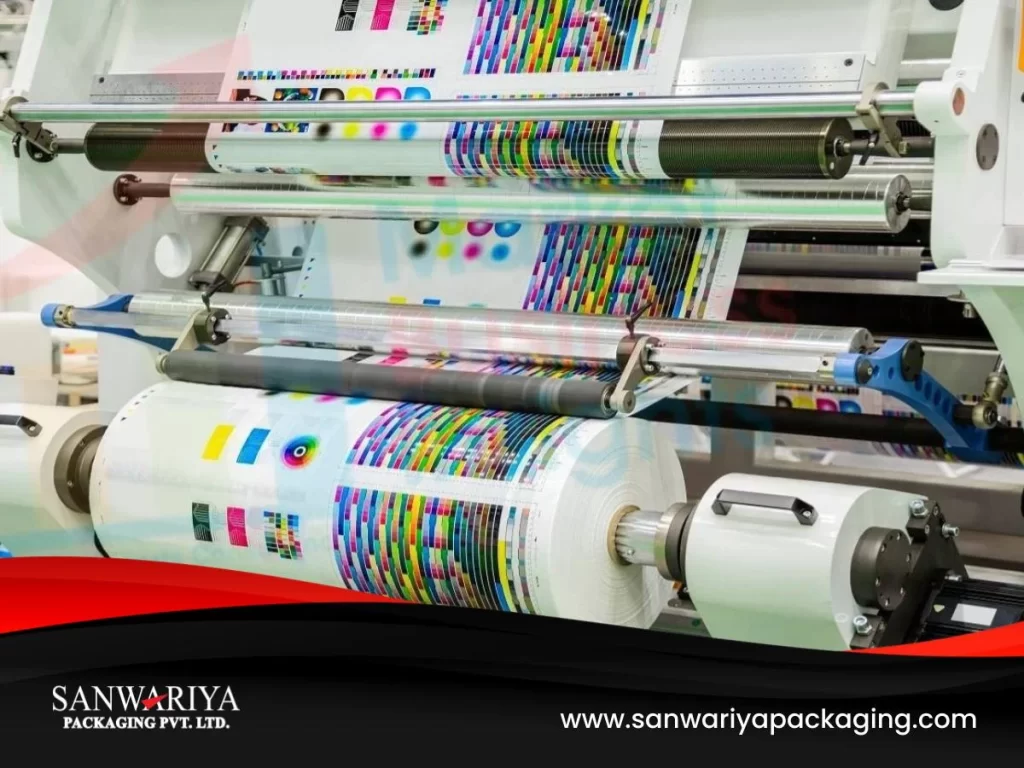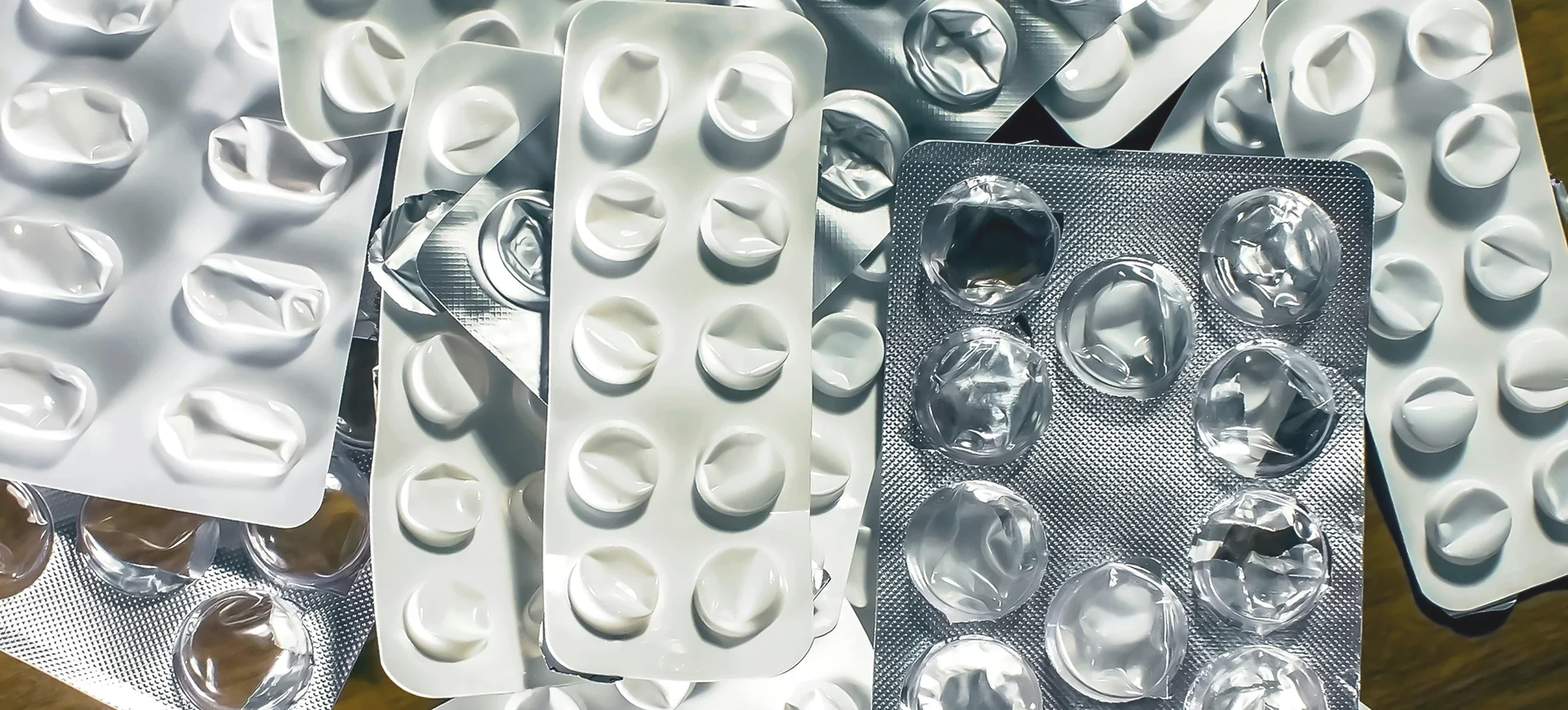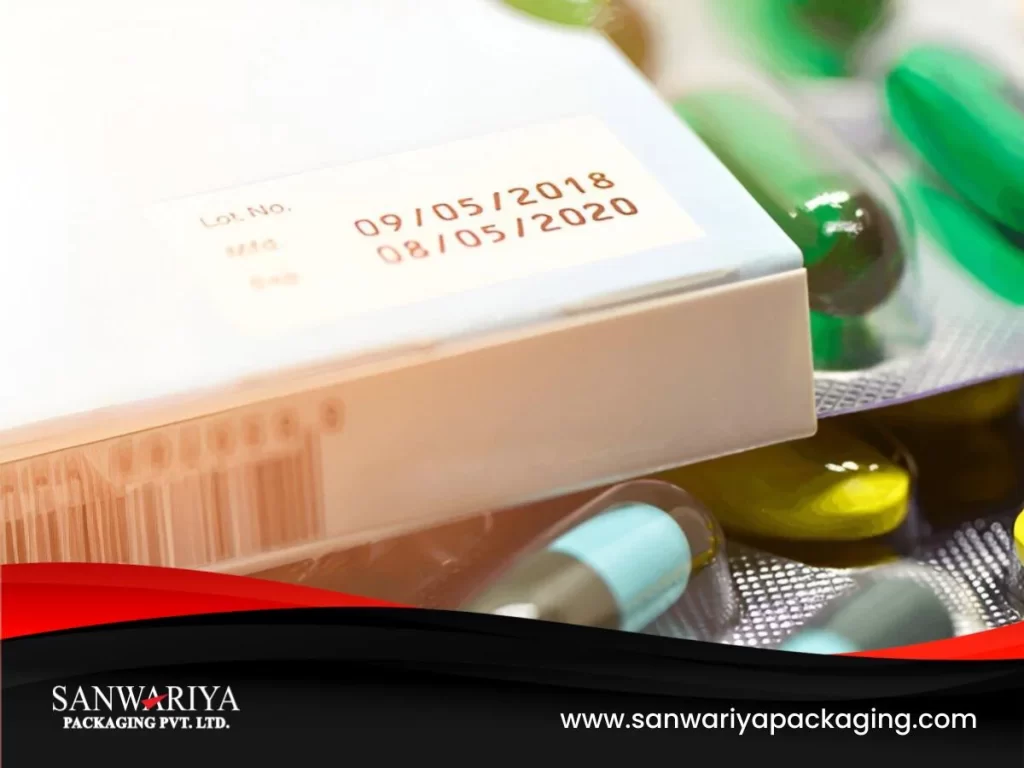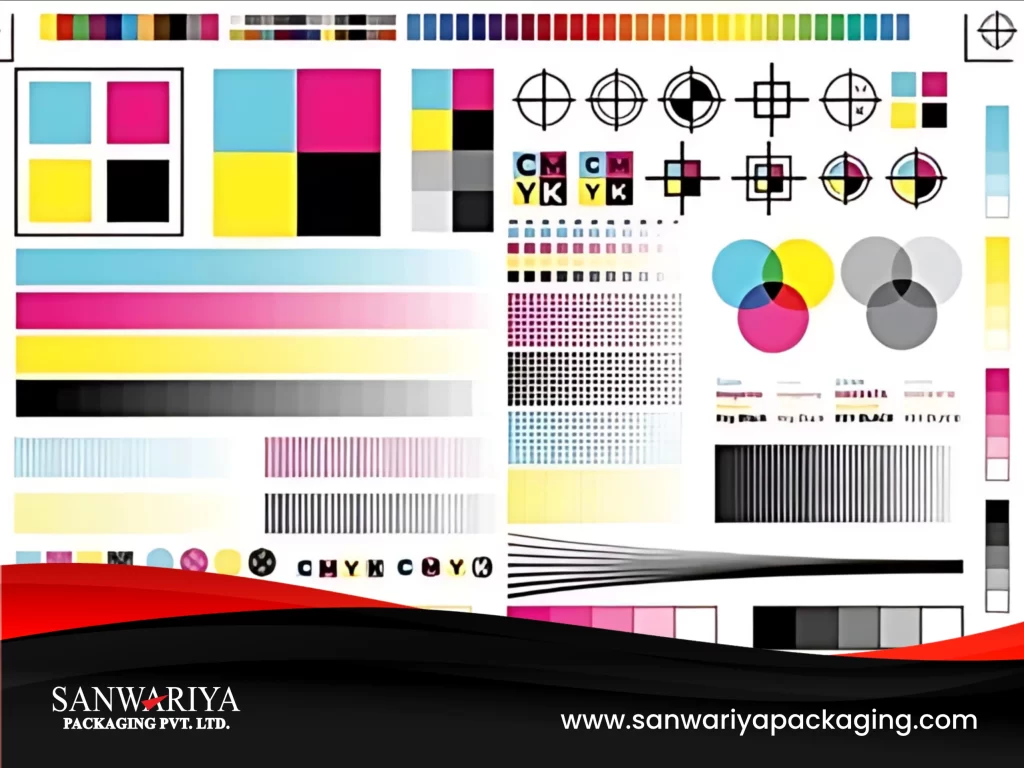
In pharmaceutical packaging, the quality of print is directly tied to patient safety and regulatory success. Whether it’s batch numbers, expiry dates, or serialized codes—accuracy, legibility, and durability are non-negotiable. As the industry prioritizes compliance, efficiency, and traceability, choosing the right printing method becomes a strategic decision.
This article compares gravure and flexo printing technologies in the context of pharmaceutical packaging, helping quality assurance teams and decision-makers understand which approach best supports regulatory alignment, operational efficiency, and packaging performance.
1. Why Printing Matters in Pharma Packaging
Printing isn’t just visual—it’s functional. In regulated markets, it ensures:
- Traceability: Serialization codes and data matrix elements meet DSCSA, EU FMD, and other global standards.
- Patient Safety: Clear dosage instructions, expiry dates, and warning texts help prevent medication errors.
- Audit Preparedness: High print fidelity ensures packaging withstands scrutiny from inspectors and regulators.
Packaging errors caused by smudged ink, unreadable text, or inconsistent colors can trigger batch recalls, compliance flags, or market rejections—resulting in financial and reputational loss.
2. Gravure vs. Flexo
| Feature | Gravure Printing | Flexo Printing |
| Print Precision | Superior for fine details, ideal for small fonts & barcodes | Adequate for bold text and graphics |
| Setup & Speed | Longer setup, but highly efficient for large volumes | Quick setup, efficient for short runs |
| Color Accuracy | Consistent over long print runs | May show drift over extended runs |
| Cost Structure | Higher upfront investment | Lower initial costs, flexible for smaller batches |
| Material Compatibility | Excellent with aluminum foil and multi-layer laminates | Performs well on paper and flexible film |
| Best Use in Pharma | Ideal for high-security primary packaging | Suitable for labels and secondary packaging |
3. Gravure: The Gold Standard in Pharma Packaging
Gravure printing is engineered for high-volume, high-precision pharmaceutical applications, especially for aluminum foil substrates used in blister and strip packaging.
Key Benefits:
- Microtext & Serialization: Maintains sharpness even at high speeds for compliant traceability codes.
- Security Features: Supports reverse-side printing, invisible inks, and tamper-evident designs to prevent counterfeiting.
- Durability: Ink adhesion on foil resists heat, light, and moisture—essential for global distribution.
Advanced Gravure Capabilities at Sanwariya Packaging:
At Sanwariya, we take gravure a step further with:
- Multicolor Specialized Printing: Delivering exceptional color depth and consistency for brand-critical pharma packs.
- Front-Back Online Printing: Simultaneous double-sided printing enhances efficiency and counterfeit resistance.
- Special Varnish Printing: Provides extra abrasion resistance and visual appeal with medical-grade coatings.
- NC-Free (Nitrocellulose-Free) Inks: Sustainable, low-VOC formulations that align with stringent international regulations.
Manufacturers using Sanwariya gravure solutions have reported 30–35% fewer print-related deviations, reduced label mix-ups, and improved scanner-read rates during serialization audits.
4. When Flexo Works Best
While gravure dominates high-security pharma packaging, flexo offers advantages in specific scenarios:
- Short Runs or Customization: Ideal for pilot batches, marketing samples, or region-specific products.
- Secondary Packaging: Works well on carton boxes, labels, and pouches where ultra-fine detail is not critical.
- Speed-to-Market: Quick setup supports rapid design iterations and faster go-to-market timelines.
For pharma companies balancing cost and flexibility, flexo is a practical solution for non-critical packaging layers.
Invest in the Right Print Technology for Long-Term Gains
In the race to stay compliant, efficient, and secure, printing technology is a core enabler of pharmaceutical packaging success.
- Gravure printing, with its unmatched precision and ability to integrate multilayered security, is ideal for primary pharma packaging.
- Flexo printing, on the other hand, supports agility and cost efficiency in secondary layers or short-run needs.
Partner with Sanwariya Packaging for Compliance-Driven Innovation
At Sanwariya Packaging, we specialize in gravure-printed aluminum foils tailored for pharmaceutical applications. Our solutions meet the highest global standards for clarity, compliance, and performance.
We help brands:
- Enhance packaging precision
- Strengthen serialization integrity
- Combat counterfeiting with advanced print features
- Improve sustainability with NC-free, eco-conscious inks
Let’s Raise Your Print Quality and Lower Your Compliance Risk
If your team is evaluating printing technologies, speak with experts who understand the regulatory, operational, and security needs of the global pharma sector.
Let’s talk about how we can future-proof your packaging with the right print solution.




